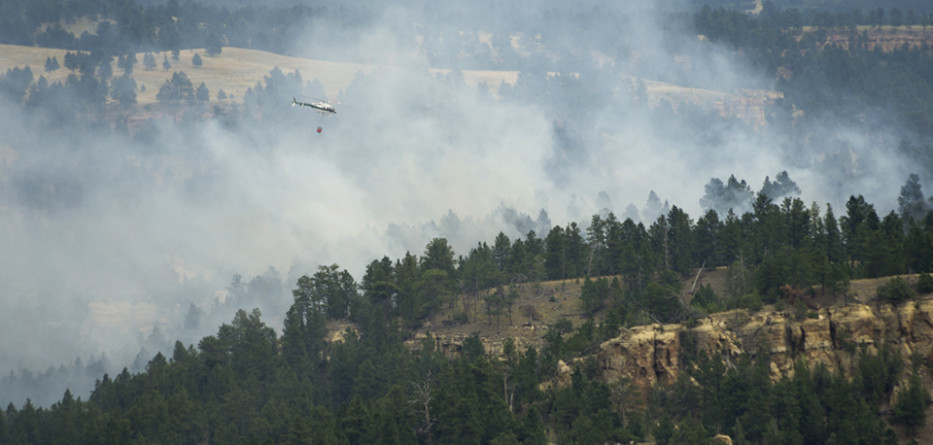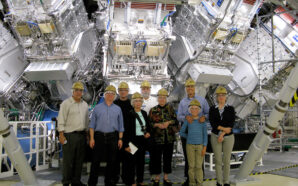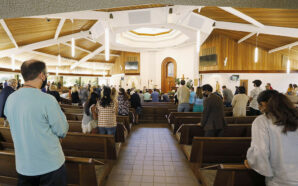Roddy Scheer & Doug Moss
EarthTalk
Smoke waves are just what they sound like: huge waves of smoke. Perhaps more dangerous than the fires themselves from which they radiate, smoke waves can cause health problems for people hundreds of miles around. Forest fire flames licking at homes and neighborhoods are always scary, killing dozens of people and causing billions of dollars in property damage across the U.S. every year. But it’s typically the risk from the smoke waves that causes school closures and confines people indoors for days or weeks on end while more frequent and more intense wildfires rage on.
What makes smoke waves so dangerous is that they carry particulate matter (tiny dust particles smaller than 2.5 microns) that people can breathe into their lungs where they can cause respiratory problems and aggravate pre-existing medical conditions. Forest fires and other forms of combustion are the main source of these tiny dust particles—so the more forest fires, the more particulate matter risk. Asthmatic children are especially sensitive to smoke waves; hundreds were hospitalized in California this summer during one of the worst fire seasons on record. The elderly, especially those with heart or lung conditions, are also highly vulnerable to pollution from smoke waves. Smoke waves are most severe for those directly under or in the wave, but pollution can travel for hundreds of miles, poisoning the lungs of people nowhere near the actual fire.
A recent study of smoke waves across the Western U.S. by researchers from Harvard and Yale universities concluded that climate change “will likely cause smoke waves to be longer, more intense, and more frequent.” They found that between 2004 and 2009, smoke waves affected 57 million Americans—more than 15 percent of the U.S. population. But even more troubling is their projection for that number to ramp up another 45 percent by mid-century as the planet continues to warm up. That will mean about 13 million more kids and seniors will be impacted by smoke waves compared with today.
As the climate changes and most places get hotter and drier, forest fires are projected to increase significantly—and with more fire comes more smoke. Anyone living in fire-prone areas needs to be informed and prepared. Sites like AirNow.gov can give current data on air quality and warn of any dangers from smoke waves or other forms of pollution. If a smoke wave is in your area, stay indoors or wear protective clothing and masking to avoid inhalation.
Because smoke waves are a direct result of human-caused global warming, the best way to minimize them is to slow or stop carbon emissions. While slowing or stopping global warming is a global effort, individuals need to do their part too. Do what you can to minimize energy use and waste, upgrade to more efficient cars, appliances, systems, homes and offices, fly and drive less, walk and bike more… But also vote for carbon taxes and other warming mitigation measures and urge your lawmakers to support sustainability-oriented policy initiatives. If you live in a fire-prone area, you’ll be doing yourself and your loved ones a favor.
CONTACTS: “Particulate air pollution from wildfires in the Western US under climate change,” link.springer.com/article/10.1007/s10584-016-1762-6; AirNow.gov, www.airnow.gov.
EarthTalk® is produced by Roddy Scheer & Doug Moss and is a registered trademark of the nonprofit Earth Action Network. To donate, visit <www.earthtalk.org>. Send questions to: question@earthtalk.org.






